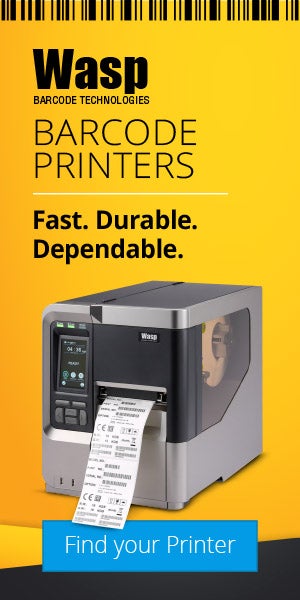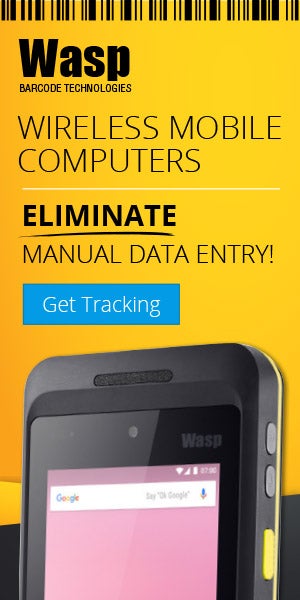Wasp Barcode Technologies: The Barcode Solution People
Package Tracking System Helps Higher Ed Make the Grade
For college students, August means heading to campus and getting settled into academic routines. For those working on campus, it likely also signals an increase in mail and packages sent to higher education campuses will dramatically increase.
The number of allegations of
lost or stolen mail nationwide is rising. In 2008 there were 3,144 allegations. In 2009, the number rose to 7,016. And in 2010, it again rose to 9,464 according to statistics obtained from the U.S. Postal Service Office of the Inspector General. That’s before it even gets to the correct destination, in this case the correct university or college. If it does make it to the appropriate location, it then has to make it to the right student or staff member.
As you’re likely already aware, college & university campuses are typically made up of several buildings and floors, making it easy for packages to end up lost or misplaced. With the chaos of moving-in and starting classes,
how can you be sure that packages are getting to the right place? Here are four reasons why an internal package tracking system can help higher education campuses manage incoming packages.
1.
Speed. Package tracking helps deliver packages through the mailroom repository and arrive faster to the students and faculty waiting for them. It’s important to make sure those care packages arrive quickly!
2.
Accuracy. According to a study by Data Capture Institute, if your company receives 500 parcels per week, on average, or 26,000 per year, 650 of them will be
delayed or misplaced long enough to cause concern plus the cost in personnel time. Many higher education institutions are managed in similar ways to how a company would be, including their mail centers.
Similar to a large company with multiple locations or buildings, colleges & university campuses are very spread out, which means a lot of opportunities for a package to wind up lost or in the wrong hands. It’s very apparent that misplaced items can be costly. Correctly tracking packages reduces human errors, misplacement, and shrinkage. Since we’re talking about schools, let’s look at some simple math to put this into perspective.
Above, the number 650 represents those packages that have been delayed or misplaced according to the study. We use half of the 650 (325) as an estimation of those that may be permanently lost. We assume those lost items were of significant value (for example, a laptop or lab equipment) and cost an average of $300.00.
325 * $300.00 = $97,500
Depending on the size of your campus, you may not be experiencing that volume of packages. Still, valuable packages that are misplaced are costing your institution more than they should.
3.
Accountability. Knowing exactly when a package arrived, who received it and signed for it, where it is at, and ultimately when the end recipient signed for it helps immensely in making sure that it goes to the right place at the right time.
4.
Efficiency. Many higher education institutions are still utilizing a manual, labor-intensive process to manage packages, which means mistakes are more likely to happen and packages will get lost. In turn, productivity and money are lost when staff has to take time from their regular duties in order to search for misplaced packages. Let’s go to the numbers again.
Monthly Cost of Looking for Misplaced Packages (Based on the estimation that it took 1 hour to search and that weekends were not included.)
22 hours at $10/hour (administrative staff) = $220.00
Having a package tracking system for a university or college campus makes delivering packages on time and to the correct recipient a breeze. However, an
effective package tracking solution does more than just ensure that the package was received at the right location; it also tracks the package all the way to the end recipient. Wasp’s
mail tracking system enables organizations and campuses to track a package from the moment it is received in a central location, identifies who received and will deliver the package, and the time and date that the end recipient signed for the package.


